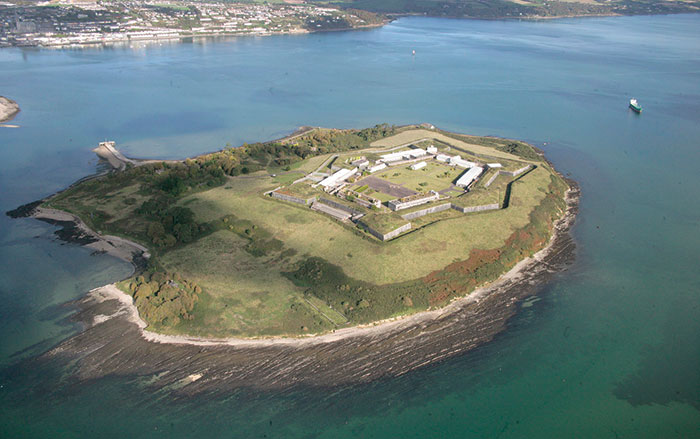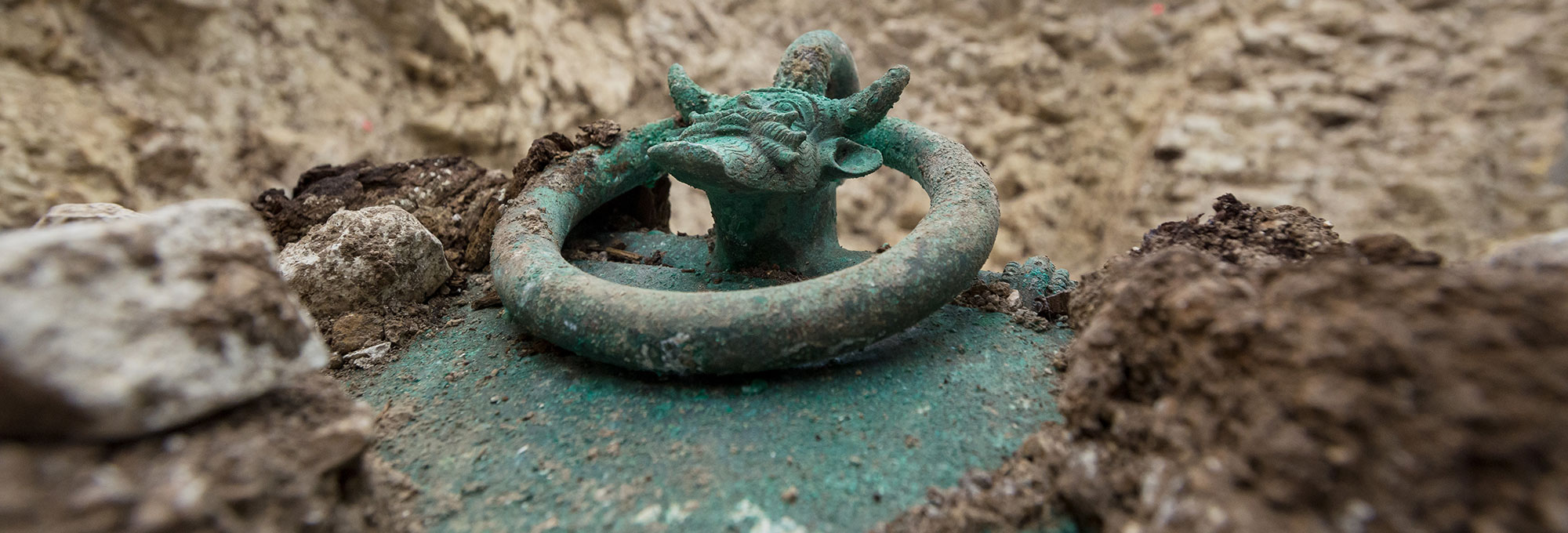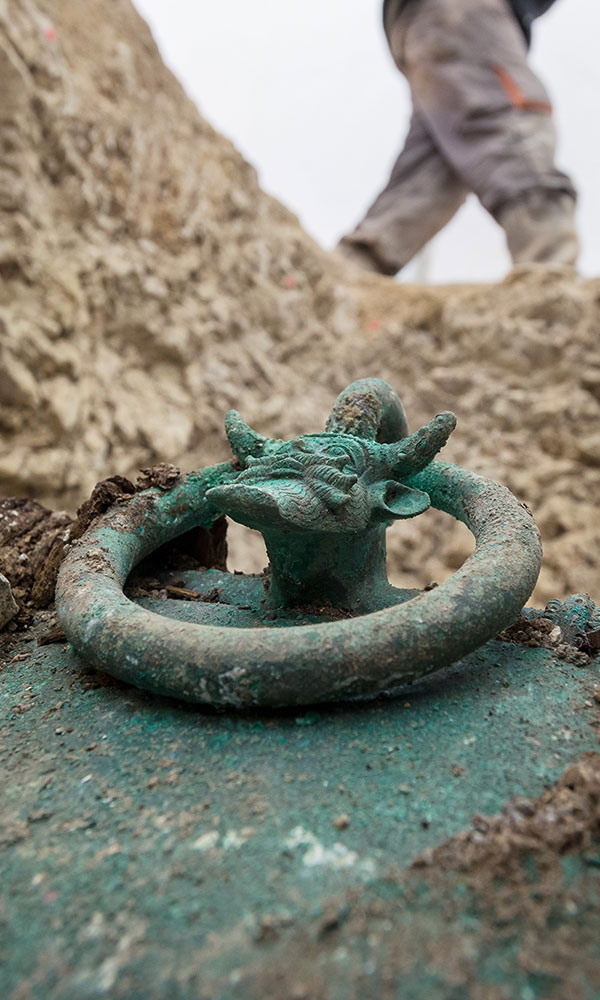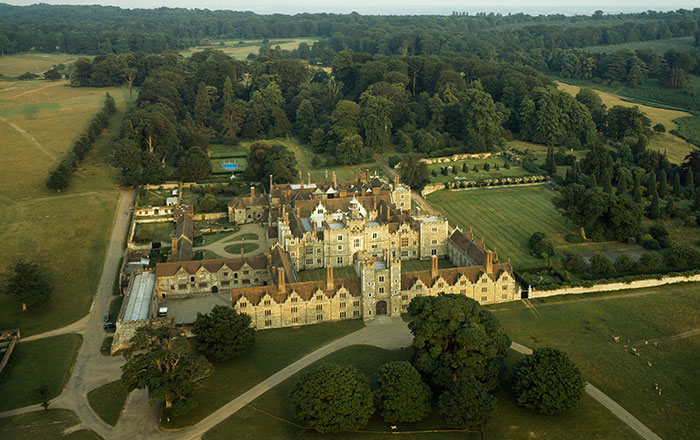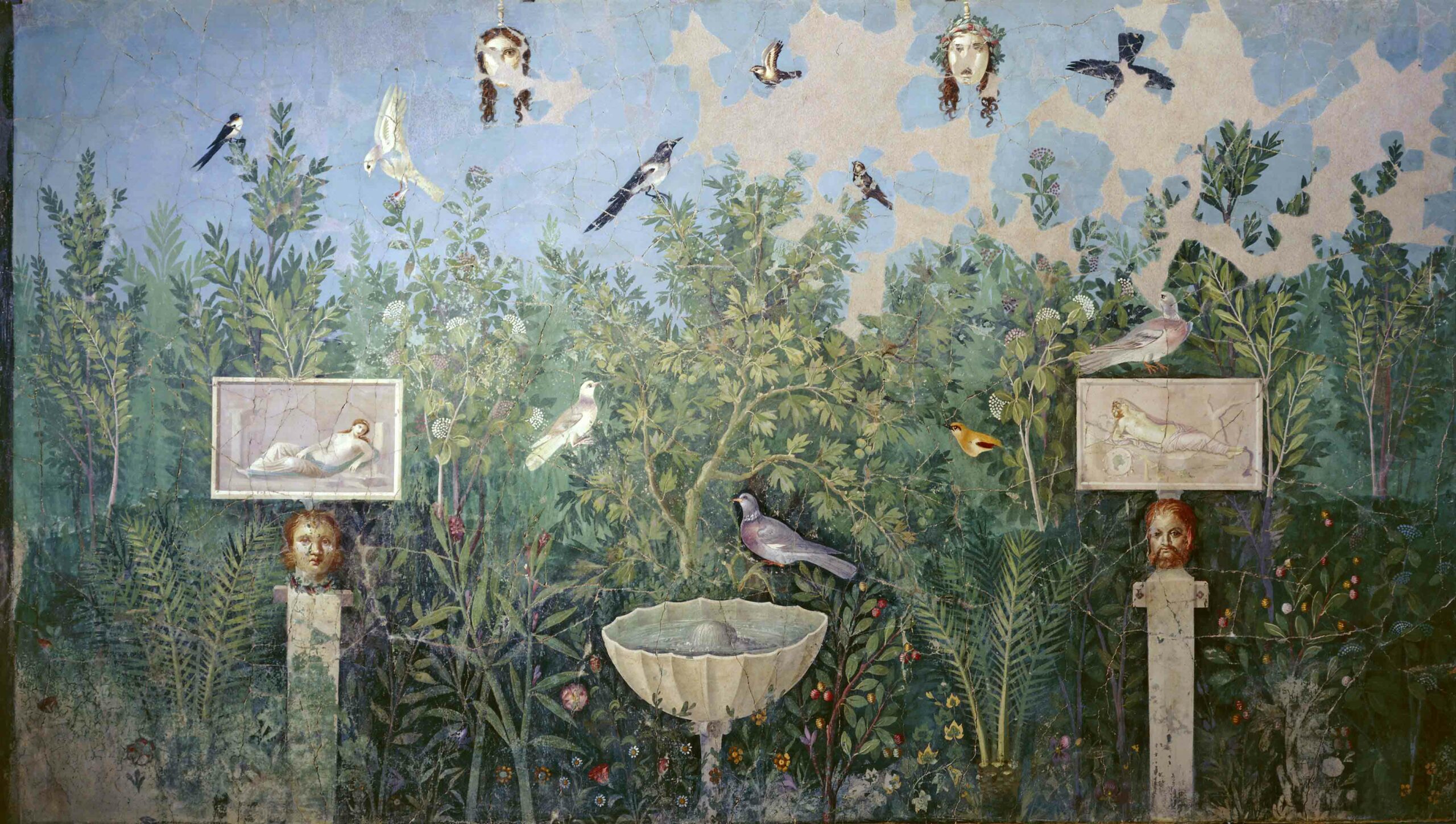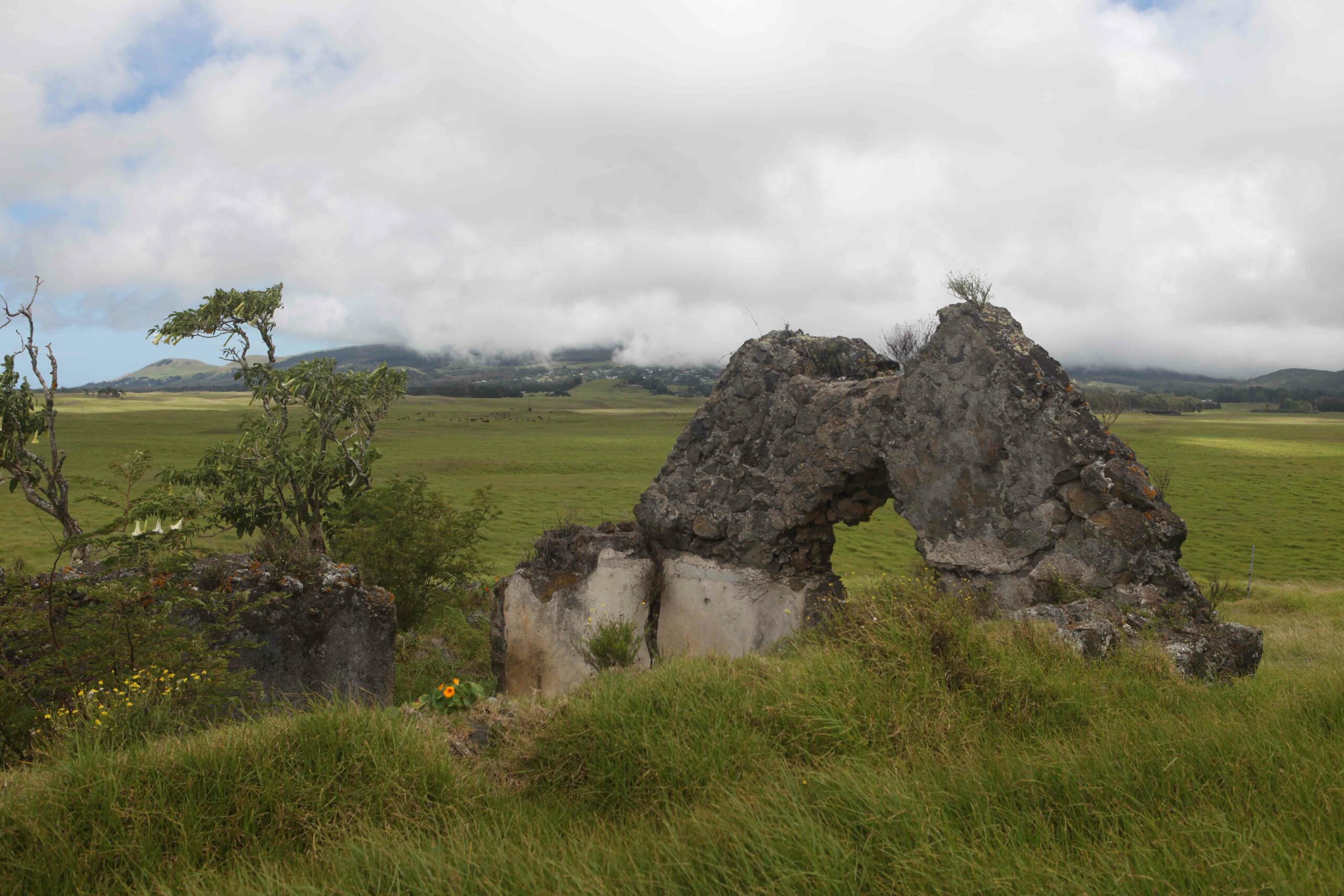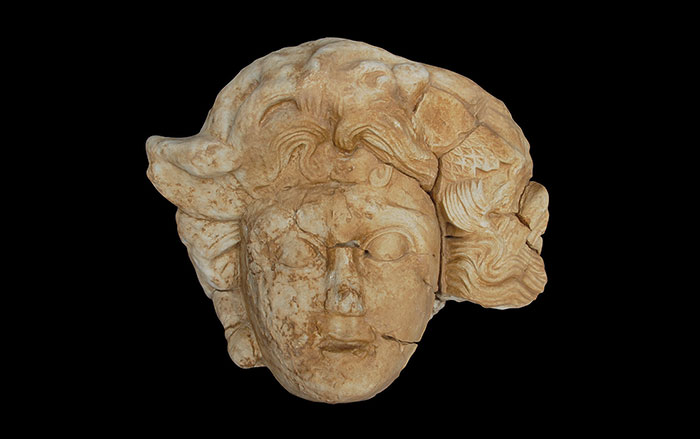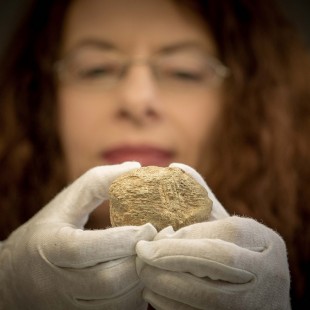
SLIGO, IRELAND—A butchered brown bear bone discovered in Alice and Gwendoline Cave in County Clare in 1903 has been dated to 12,500 years ago. The knee bone, or patella, had been stored with other bones and artifacts from the cave in the National Museum of Ireland since the 1920s. “Archaeologists have been searching for the Irish Palaeolithic since the nineteenth century, and now, finally, the first piece of the jigsaw has been revealed. This find adds a new chapter to the human history of Ireland,” archaeologist Marion Dowd of the Institute of Technology Sligo said in a press release. Until this date had been confirmed for the knee bone, the oldest known site on Ireland had been at Mount Sandel in County Derry, which dates to 8000 B.C. “Yes, we expected a prehistoric date, but the Palaeolithic result took us completely by surprise,” Dowd said. And three separate bone specialists confirmed that the cut marks had been made on fresh bone. “The bone was in fresh condition meaning that people were carrying out activities in the immediate vicinity—possibly butchering a bear inside the cave or at the cave entrance,” Dowd explained. For more, go to "The Vikings in Ireland."





